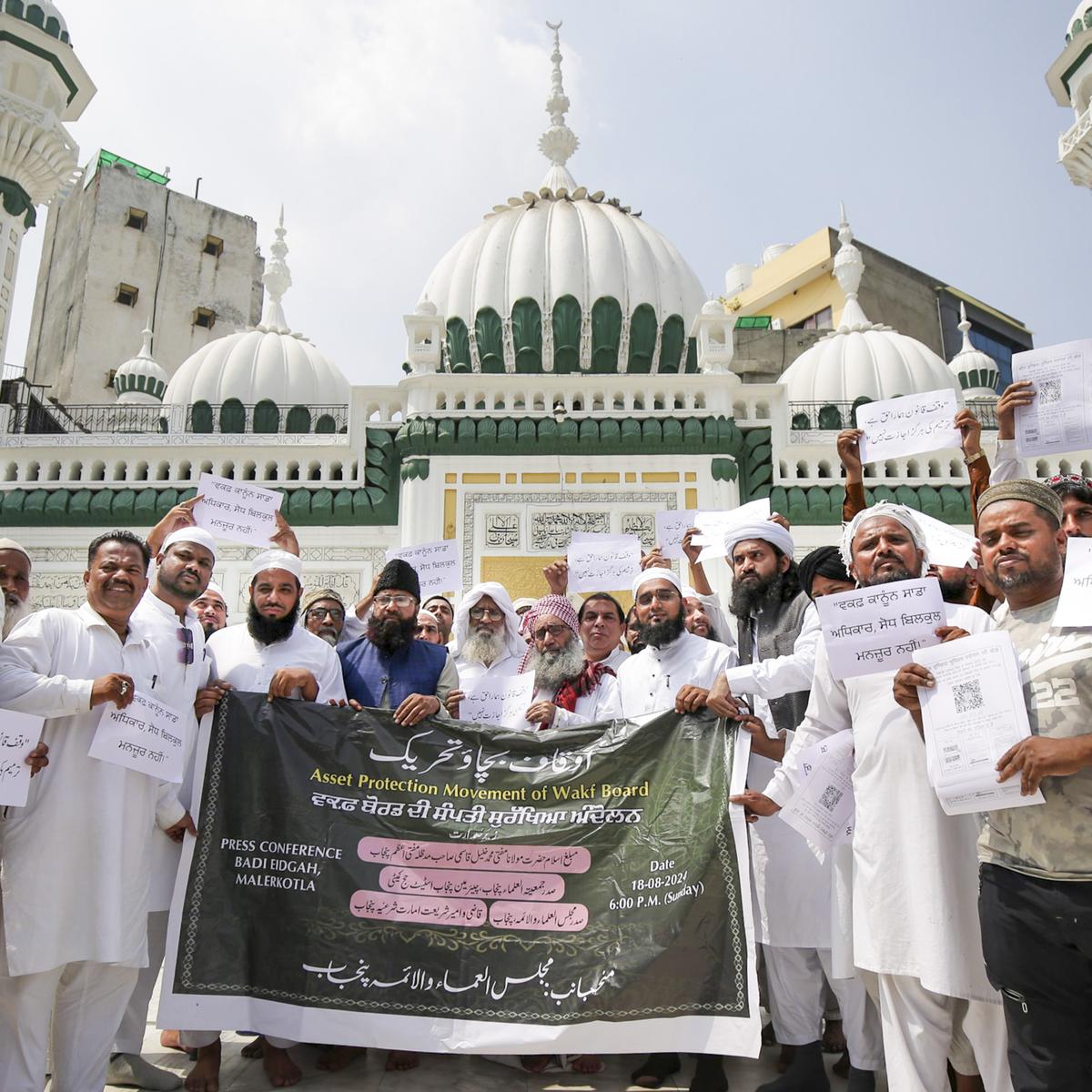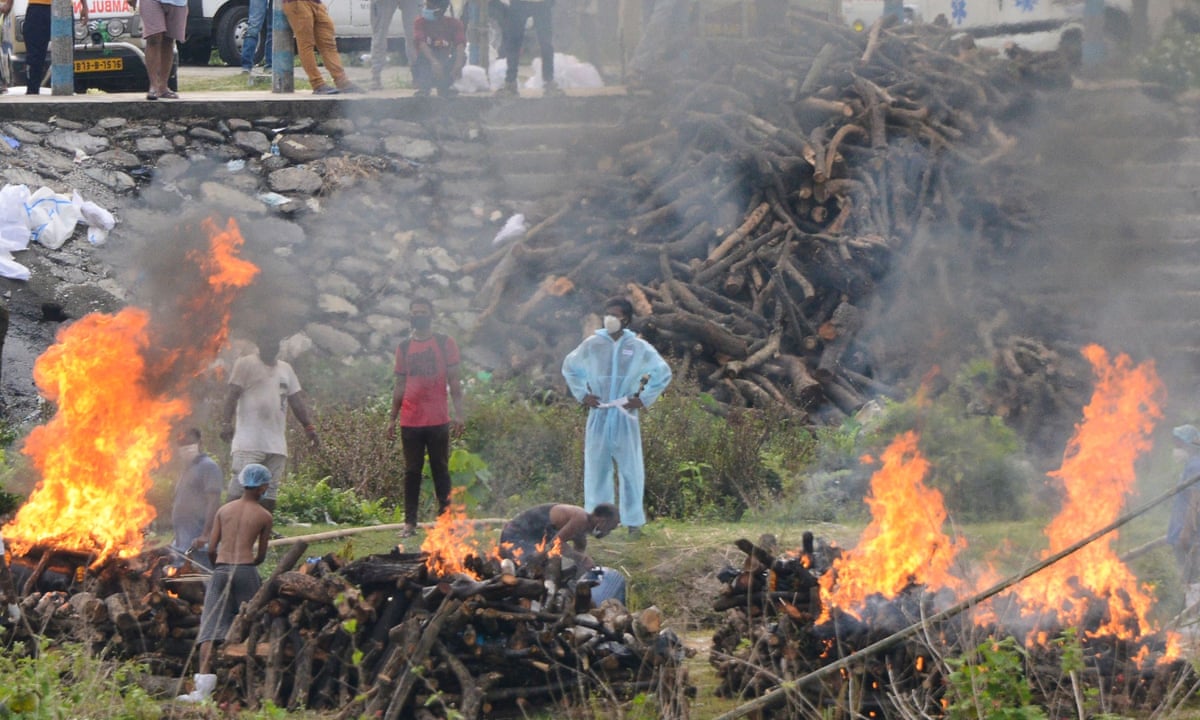The Timeless Echo of Waqf
By: Javid Amin
Srinagar 02 April 2025: Imagine a system so enduring that it has funded schools, hospitals, and shelters for over 1,400 years. Welcome to Waqf—a Islamic philanthropic tradition where assets are donated eternally for public good. In India, Waqf is not just a relic of history; it’s a living, breathing entity entangled in legal battles, societal needs, and dreams of revival. This article dives into Waqf’s journey from 7th-century Arabia to modern India, its current struggles, and how a proposed bill could redefine its future.
01: The Historical Tapestry of Waqf
1.1 Origins: From the Sands of Arabia to Global Impact
The concept of Waqf (meaning “to hold” or “to preserve”) traces back to Prophet Muhammad, who endowed land in Medina for community welfare. By the 8th century, Waqf institutions funded universities like Al-Qarawiyyin in Morocco (859 AD) and hospitals such as Ahmad ibn Tulun’s in Cairo (872 AD). The Ottomans institutionalized Waqf, managing 20,000 properties, including Istanbul’s Süleymaniye Mosque, which provided free meals and education.
Case Study: The Hammam al-Sammara in Baghdad, a 12th-century Waqf-funded bathhouse, also served as a social hub, illustrating Waqf’s role beyond mere charity.
1.2 Waqf in India: Sultans, Sufis, and Social Welfare
Waqf arrived with the Delhi Sultanate (1206–1526). Sufi saints like Nizamuddin Auliya used Waqf to build dargahs that doubled as community centers. The Mughals formalized Waqf:
- Akbar’s Wife, Mariam-uz-Zamani: Endowed farmlands generating ₹20 lakh annually (adjusted for inflation) for traveler inns.
- Aurangzeb: Established the Fatawa-e-Alamgiri, codifying Waqf management.
Regional Variations: In South India, the Bijapur Sultanate used Waqf to fund water reservoirs, while Bengal’s Husain Shahi dynasty built libraries.
1.3 Colonial Disruption: The British Reshape Waqf
The 1863 Wakf Act redefined Waqf as a “trust,” enabling colonial courts to transfer properties. For instance, Mumbai’s Haji Ali Dargah lost 40% of its land to private developers under the Land Acquisition Act (1894). By 1947, 30% of Waqf assets were misappropriated.
Legal Battles: The Privy Council’s 1921 ruling in Aga Khan vs. Commissioner of Income Tax stripped tax exemptions, crippling Waqf revenues.
1.4 Post-Independence: The Struggle for Identity
The 1954 Waqf Act aimed to protect assets but lacked enforcement. The 1995 Waqf Act mandated state boards, yet corruption persisted. For example, Uttar Pradesh’s board reported ₹500 crore embezzlement in 2001.
Judicial Interventions: The 1967 Supreme Court ruling in M. Siddiq vs. Suresh Das (Ayodhya case) highlighted Waqf’s legal ambiguities.
02: Waqf Today – Assets, Aspirations, and Anxieties
2.1 The Scale of Waqf in Modern India
India’s 800,000+ Waqf properties span 600,000 acres—equivalent to 3x Mumbai’s area. Notable sites:
- Delhi’s Jama Masjid: Generates ₹3 crore/year from 120 shops.
- Hyderabad’s Charminar: Leases 200 stalls for ₹5 crore annually.
Economic Potential: The Sachar Committee (2006) estimated ₹12,000 crore/year revenue with proper management.
2.2 How Waqf Works: The Good, The Bad, The Ugly
- Structure: 29 state boards chaired by legislators. Kerala’s board runs 200+ schools; Telangana leases land for IT parks.
- Success Stories:
- Ajmer Dargah: Funds 12 schools and a hospital via ₹60 crore/year donations.
- Karnataka’s Waqf Board: Partnered with Infosys for a ₹200 crore tech park.
- Challenges:
- Encroachment: 70% of Delhi’s Waqf land (per 2022 audit) is occupied illegally, including Mehrauli’s 12-acre plot turned luxury villas.
- Mismanagement: Maharashtra’s board reported ₹1,200 crore losses (2019) due to fraudulent leases.
- Political Exploitation: West Bengal’s board faced allegations of diverting ₹300 crore to political campaigns (2021).
2.3 Grassroots Voices: The Human Face of Waqf
- Old Delhi’s Fatehpuri Masjid: Uses shop rents (₹2 crore/year) to fund a girls’ school.
- Bengaluru’s Cemetery Crisis: A 4-acre Waqf graveyard became a parking lot in 2020. Activist Ayesha Khan: “We’re fighting for our ancestors’ dignity.”
- Kerala’s Model: Waqf Board CEO Harikishore S. attributes success to “transparent e-auctions and NGO partnerships.”
03: The Future – A New Dawn or Old Shadows?
3.1 The 2023 Waqf Bill: What’s Changing?
- Digitization: GIS mapping of 800,000 properties by 2025; pilot in Telangana recovered ₹50 crore encroached land.
- Central Oversight: National Waqf Council (NWC) to audit boards; critics argue it infringes on federalism.
- Commercialization: Leasing land for hospitals (e.g., Apollo Hospitals in Chennai).
Controversies: Tamil Nadu’s board calls the bill “anti-federal,” while Assam’s board praises it for curbing corruption.
3.2 Global Lessons and Tech Innovations
- Dubai’s Blockchain Model: Awqaf SA uses blockchain to track donations, reducing fraud by 40%.
- Malaysia’s Waqf Corporate: Invests in real estate, generating $200 million/year for education.
Indian Tech Pilot: Hyderabad’s Waqf Board uses AI to predict encroachment risks, saving ₹10 crore in 2023.
3.3 Vision 2040: Waqf as a Social Powerhouse
- Education: Waqf-funded universities in Rajasthan and Kerala offering free STEM courses.
- Healthcare: Telemedicine hubs in Uttar Pradesh’s villages, funded by Waqf leases.
- Entrepreneurship: Incubators for Muslim youth in Mumbai, modeled on Startup India.
Expert Opinion: Economist Jean Drèze suggests, “Waqf could fill gaps in India’s social infrastructure.”
Exclusive Interviews: Voices from the Ground
Mr. Mohammed Saleem, Chairman, Telangana Waqf Board
Q: How is Telangana leveraging technology for Waqf management?
A: “We’ve GIS-mapped 90% of our 77,000 properties. Last year, we reclaimed ₹50 crore worth of land in Hyderabad using drone surveys. We’re also partnering with T-Hub (a tech incubator) to develop apps for rent collection.”
Q: What’s your take on the 2023 Waqf Bill?
A: “Central oversight is necessary to standardize practices. But states must retain autonomy. We need collaboration, not control.”
Ms. Fatima Sheikh, Social Activist, Mumbai
Q: What’s the biggest challenge for Waqf today?
A: “Apathy. The 2013 Wakf Properties Protection Act exists, but officials rarely act. In Mumbai, 200 Waqf graves were bulldozed for a metro project. No compensation, no accountability.”
Q: Can Waqf empower women?
A: “Absolutely! The Aurangabad Waqf Board runs stitching centers for widows. But we need more such initiatives—only 5% of Mutawallis are women.”
Infographics: Visualizing Waqf’s Reach
State-wise Distribution of Waqf Assets
| State | Properties | Land (Acres) | Annual Revenue |
|---|---|---|---|
| Uttar Pradesh | 130,000 | 150,000 | ₹300 crore |
| Karnataka | 45,000 | 35,000 | ₹180 crore |
| Telangana | 77,000 | 1.5 lakh | ₹450 crore |
| West Bengal | 55,000 | 60,000 | ₹90 crore |
Revenue Sources of Major Waqf Boards
- Rent from Shops/Stalls: 60%
- Donations: 25%
- Agricultural Land Lease: 10%
- Tourism (Dargahs/Mosques): 5%
Top 5 Encroached Waqf Properties
- Mehrauli, Delhi: 12 acres (luxury villas).
- Haji Ali, Mumbai: 4 acres (commercial complex).
- Bengaluru Cemetery: 4 acres (parking lot).
- Hyderabad’s Nampally Station: 8 acres (railway project).
- Kolkata’s Park Circus: 10 acres (shopping mall).
Timeline of Key Legislation & Judicial Milestones
| Year | Event | Impact |
|---|---|---|
| 1863 | Wakf Act (British Era) | Regulated Waqf as “trusts”; enabled land grabs. |
| 1921 | Privy Council’s Aga Khan vs. CIT ruling | Denied tax exemptions to Waqf institutions. |
| 1954 | Wakf Act (Post-Independence) | Aimed to protect Waqf but lacked enforcement. |
| 1995 | Wakf Act Amendment | Created state Waqf Boards; mandated property surveys. |
| 2013 | Sachar Committee Report | Exposed underutilization of Waqf assets; suggested reforms. |
| 2023 | Proposed Waqf Bill | Central oversight, digitization, and commercialization of assets. |
| 2022 | Delhi High Court orders eviction of Mehrauli encroachers | Reclaimed ₹1,200 crore worth of land. |
Bottom-Line: Reclaiming Waqf’s Soul
Waqf is more than land or laws—it’s a covenant between generations. To revive it, India must blend tradition with transparency, piety with professionalism. As activist Harsh Mander says, “Waqf isn’t just a Muslim legacy; it’s India’s shared heritage of compassion.” The future beckons with promise, but only if we act now.
Disclaimer: The opinions and statements mentioned in this article reflect the views of various individuals and political entities and are based on publicly available information at the time of writing. They do not necessarily represent the stance of the publisher or its affiliates. Readers are encouraged to verify facts and consult multiple sources for a comprehensive understanding of the topic.



